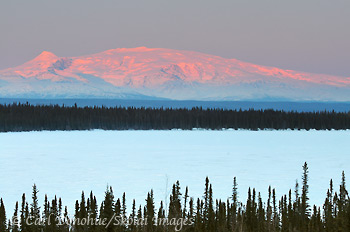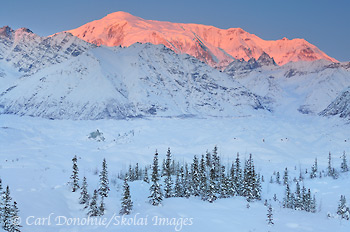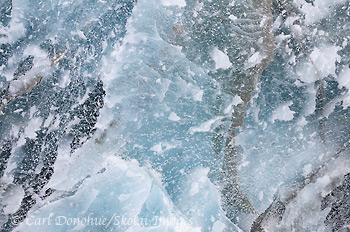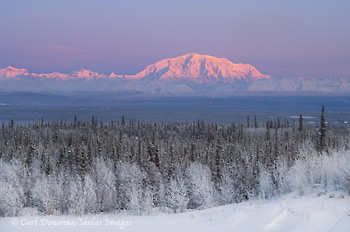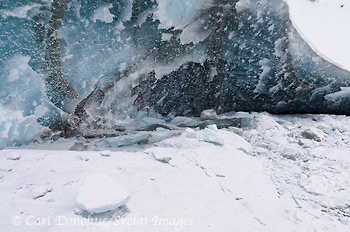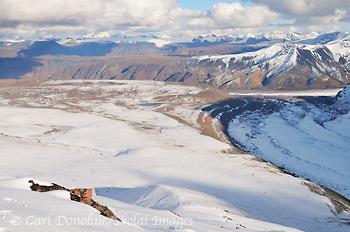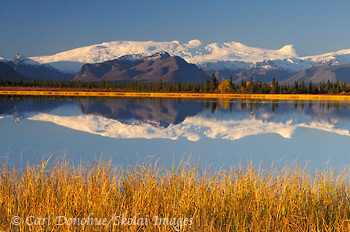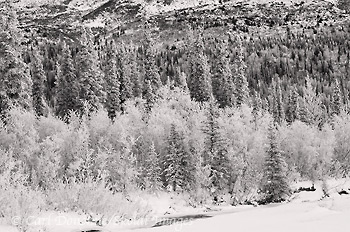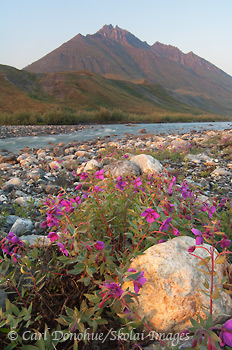
Dwarf fireweed (Epilobium latifolium) and the Upper Marsh Fork River of the Brooks mountain range, in the Arctic National Wildlife Refuge (ANWR), Alaska. Mid summer, this photo was taken about 2:00am. First light of the day. 🙂 Please click on the image above to view a larger version of the photo.
Hey Folks,
Recently I’ve read a few articles and posts about photography and and photographers, and particularly landscape photographers; the question of ‘shooting icons’ almost invariably comes up. For those readers here who aren’t quite sure what that is a reference to, it simply points to the regularity with which so many famous landscapes are photographed. Scenes such as Grand Teton from the Snake River Overlook, Yellowstone National Park’s Lower Falls are almost ubiquitous with landscape photography.
It’s an interesting discussion. Those kinds of locations are frequently photographed because not only are they spectacular scenes, but they’re also great to photograph; overlooks and viewpoints seemingly designed with the landscape photographer in mind. This is not true of all spectacular scenes, for a variety of reasons.
The primary reason a scene like this one, of Mount Edith Cavell and Cavell Lake in Canada’s Jasper National Park has been photographed so many more times than, say, the scene at left, is that Edith Cavell is road accessible. All the other discourse about happiness and contentment and art versus stock and following one’s creative muse and shooting your passion is simply talk; it all comes down to the pavement. If it’s off the road, it’s probably not an icon.
The question then concerns itself with the value of our pursuit; and that, like so many such questions, is entirely contextual. For some people, shooting photos that sell well is all that matters. For others, shooting photos that express some personal vision is more important. Continue reading →
